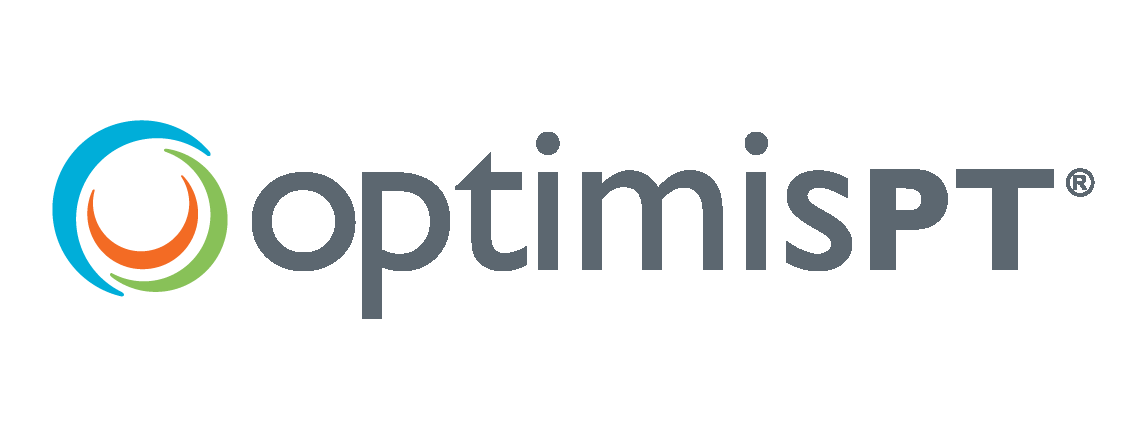Patient Engagement and Its Role in Value Based Care

“A great patient experience connects clinical excellence with outcomes. It connects efficiency, quality, behaviors and mission with caregiver experience and engagement.”
– Christy Dempsey, DNP, MSN, MBA, CNOR, CENP, FAAN (Chief nursing officer of Press Ganey Associates)
Patient Engagement, Satisfaction and Quality of Care
“Patient Engagement is a concept that combines a patient’s knowledge, skills, ability, and willingness to manage his/her own health and care with interventions designed to increase activation and promote positive patient behavior”. -Healthcareitnews.com 2015
With the advent of value-based care, patient engagement continues to emerge as a growing theme in healthcare. Improved or increased patient engagement in healthcare contributes to improved health outcomes.
In a July 2009 study published in the Journal of Disability and Rehabilitation, the most common reported practice for enhancing therapeutic engagement was making therapy tasks meaningful and explicitly related to personal goals.
Let’s take a look at the benefits of patient engagement technology, some examples of patient engagement tools, and the three crucial pieces of the patient engagement framework.
Benefits of using Patient Engagement Technology
- Engaged patients will GET WELL FASTER
- Engaged patients will RECOMMEND YOUR SERVICE
- Reducing operating costs
- Improving workflow and time efficiency
- Enhancing patient-therapist communication
- Improving patient satisfaction
- Enhancing professional image
Examples of Patient Engagement Tools
- Patient access to healthcare information
- Outcomes data gathering and tracking
- Video telehealth
- Patient Satisfaction survey
- HEP and Program prescription
- Patient Education
3 Crucial Pieces that should be the Core of the Patient Engagement Framework
- Customer Satisfaction
- Let them SEE the Value
- Patient Perception
- Engagement starts BEFORE the patient walks through the door
- Value-Based Care
- Outcomes
From its inception, OptimisPT has included a component of Patient Engagement. This is the system’s ability to help facilitate the patient’s subjective report used to drive the measures, the measures then drive the functional goals, and the goals drive the interventions. This helps the patient use therapy to achieve what is meaningful to them. Over the past two years, we have been excited to introduce additional enhancements within OptimisPT to promote patient engagement in your practice. These features are outlined below.
OptimisPT Patient Engagement Features
The New Patient Portal
We are proud to present phase I of our new patient portal. This allows your patients the ability to electronically complete and send their demographics, insurance information and medical history, while also being able to upload their relevant documents. This information can then be imported with the click of a button into OptimisPT. This is a great benefit to both your onsite, as well as, your virtual healthcare patients to allow information and documents to be securely transferred leading to a reduction in paperwork time and time spent uploading documents into your EMR.
Embedded Outcome Measures
We currently have approximately thirteen outcome measures embedded within OptimisPT, with our library continually growing. These surveys can be sent to the patient prior to their visit, scored by the system and imported electronically back into OptimisPT. The assessment score imports into the measures section of OptimisPT with one click, and also appears on the patient’s optimumMe app so he/she is able to see their progress over time. This is yet another way to keep the patient engaged in their care and progress toward his/her goals.
Telehealth
The increase of virtual healthcare has been necessary due to the COVID-19 crisis and the challenge with being able to safely see your patients in the clinic. While the volume of telehealth patients may decrease as clinics begin to return to “business as normal”, industry experts feel that telehealth is here to stay and would be a beneficial part of any PT practice offering. Telehealth would be especially attractive for patients that are more “at risk”, have transportation challenges, or prefer the ability to receive their care from the comfort of their own home. While there are many great telehealth platforms out there, OptimisPT wants to make the experience as efficient and easy as possible for therapists and patients. We currently offer Jitsi.com as a telehealth platform at no additional cost to our subscribers. We are in the process of embedding the platform further into OptimisPT so that a link for the telehealth visit can be created from the schedule within OptimisPT and sent to the patient via both e-mail and the optimumMe app. The patient will then also be able to schedule their next telehealth session via our optimumMe app. We understand that some practices currently use other telehealth platforms and we are open to partnering with other platforms to make that experience more seamless for those OptimisPT subscribers as well.
The Net Promoter Score (NPS)
One tool that can be used to assess patient engagement is a patient satisfaction survey. The Net Promoter Score, or NPS, is one example of this type of survey. The Net Promoter Score measures the overall customer experience and can be used to predict business growth. The scoring is based on a single question: “On a scale of 0-10 with 10 being the highest, how likely are you to recommend us (our company) to a friend or colleague?”
Those who respond with a score of 9 to 10 are called Promoters, and are considered likely to exhibit value-creating behaviors, such as remaining customers for longer and making more positive referrals to other potential customers. Those who respond with a score of 0 to 6 are labeled Detractors, and they are believed to be less likely to exhibit the value-creating behaviors. Responses of 7 and 8 are labeled Passives, and their behavior falls between Promoters and Detractors.The Net Promoter Score is calculated by subtracting the percentage of customers who are Detractors from the percentage of customers who are Promoters. For purposes of calculating a Net Promoter Score, Passives count toward the total number of respondents, thus decreasing the percentage of detractors and promoters and pushing the net score toward 0.
Why just a single question? Can’t we gain more information from asking multiple questions about customer satisfaction? The Net Promoter Score keeps it simple with 1 question followed by a support answer. The two considerations guaranteed to receive a higher response rate for a customer satisfaction survey include:
- Consuming almost none of the patient’s time
- Being totally relevant to their journey
The Net Promoter Score meets these 2 considerations.
Studies show the percentage of customers who were enthusiastic enough to refer a friend or colleague—perhaps the strongest sign of customer loyalty—correlated directly with differences in business growth rates among competitors. While there are other factors beyond loyalty that drive a company’s growth and while it doesn’t “guarantee” growth, often profitable growth cannot be achieved without loyalty.
The second question, which provides the support for the patient’s initial answer, is a qualitative/free text open ended question that research shows will receive a 40-60% completion rate. It’s a staple in the Net Promoter Survey as it provides the “how” to the “what” we discover with the score.
OptimisPT has incorporated the NPS into the system for the free use of our clients. The Net Promoter Score is automatically scheduled to be sent to the patient via email directly out of OptimisPT after completion of:
- Initial Evaluation
- Third visit
- Discharge
The Net Promoter Score (NPS) Report will provide a history of the surveys sent, when they were completed, the score and comments received.
OptimumMe App for HEP delivery
What If…
- You could increase accountability creating faster recovery and better outcomes for your patients?
- You could ensure your patient/client is doing their exercises correctly, even at home?
- Your patient/client can give you direct feedback about their progress?
- You had a tool to offer your patients/clients notifications and reminders on when to do their exercises?
OptimumMe (oME) is a mobile application that delivers prescribed Physical Therapy and Wellness exercise programs. The exercises are updated in the app as soon as the therapist adds them or makes changes in OptimisPT. The app allows the patient to be reminded of their prescribed exercises, indicate when they’ve completed their exercises, and send feedback to their therapist. This feedback lands on the Home Page in OptimisPT so the therapist can respond to the patient and make any updates necessary. Since the patient knows the therapist can see what they are (and are not) doing at home, this has helped to increase the compliance of the patient performing his/her HEP. Over the course of the next few months, we will see some additional features coming to the optimumMe app beyond just delivering the patient HEP.
Patients actively engaged in their care achieve superior outcomes as compared to those who are not. Engaged patients have been shown to also achieve a higher level of patient satisfaction and are more likely to recommend your business to a friend or family member; the most powerful source for new referrals. OptimisPT incorporates numerous elements of Patient Engagement which will help your therapists and practice succeed in the future of value-based care. Let OptimisPT be your partner in promoting Patient Engagement!




